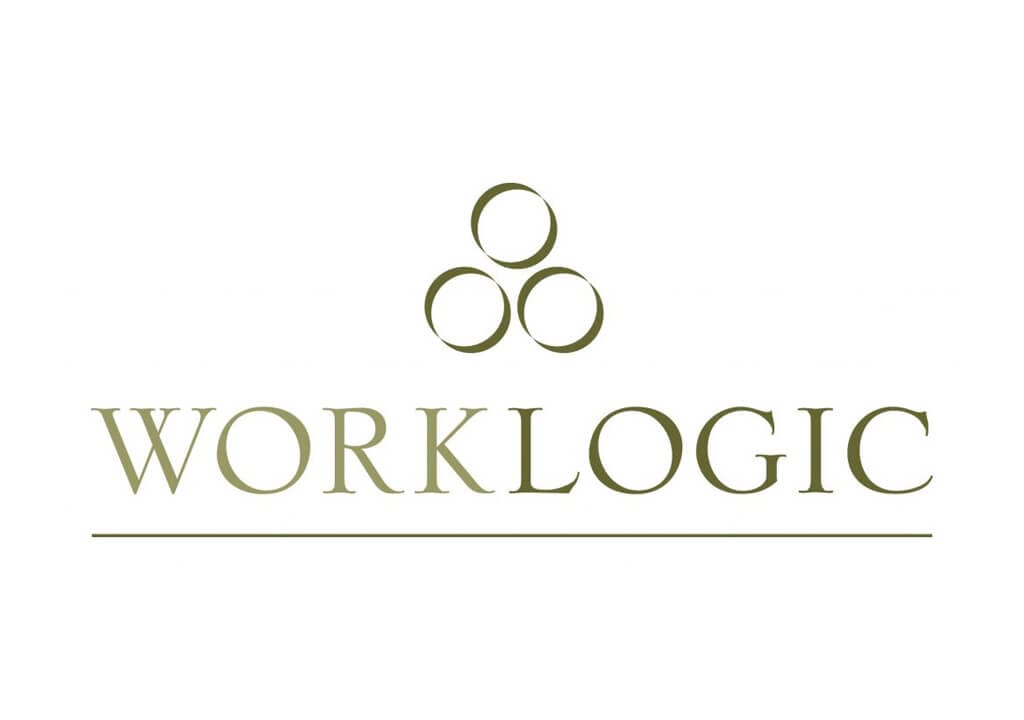1. Make sure the right person investigates
One of the key principles of a procedurally fair investigation is that the investigator (and the decision maker following an investigation) should not be, or be seen to be, biased or conflicted. If you are considering undertaking the investigation yourself, think about the following questions:
- Have you undertaken a previous investigation involving either party, or were involved in disciplining either party?
- Were you involved as a witness in a previous investigation involving the parties?
- Are you aware of previous behaviours by one of the parties that may impede your impartiality? For example, behaviours by the respondent similar to those alleged.
- Do you have any preconceptions about ‘what really happened here’?
- Are you likely to need to be a witness in this investigation?
- Are you likely to benefit from a particular outcome of the investigation?
- Are you a friend or close colleague of either party, or closer to one than the other?
- Are you the manager of one or both of the parties?
If the answer is ‘yes’ to any of the above, if you have the option, you should consider stepping aside and allowing another qualified person in the organisation to investigate the matter.
A potential conflict of interest is often a problem in small organisations. You may be too close to be impartial, or could be seen to be biased in favour of one party. Also, if you are a Manager of one or both parties, in addition to the possibility of your being a witness to alleged behaviours, another concern is how you will be able to continue a healthy working relationship with them after the investigation.
2. Make sure the investigator is sufficiently skilled
Fair process (procedural fairness) is the cornerstone of a successful workplace investigation. Plan your investigation and be thorough. To conduct a procedurally fair investigation, the investigator must know and be competent in the following:
- Knowing the steps in an investigation and the process (including procedural fairness). This includes how you will record information (hand written notes? typed notes? tape recording?) and what information you will provide to the parties during the process.
- Communicating the steps and process to the parties at the outset, as well as updating them during the investigation.
- Ensure their wellbeing is protected during the process, including ensuring all parties know they can bring a support person, and monitoring any health or capacity issues.
- Ensuring the allegations put to the respondent are clear and comprehensive so that they can respond in detail to the complaint. Also make sure to avoid ‘scope creep’, i.e. new allegations or evidence added to the investigation without being provided to the respondent or giving them an opportunity to respond.
- See the investigation through to a timely conclusion by avoiding unnecessary delay even while allowing for reasonable delays (e.g. for health reasons).
- Consider all relevant evidence with impartiality, and give the parties the opportunity to respond to any key evidence or documents that arise during the investigation (if it counts against them – this is called ‘contradictory evidence’).
- Be able to support the findings you make from the evidence gathered. Where the consequences for the respondent may be serious, you should consider the principles in Briginshaw v Briginshaw [1938] 60 CLR 336. There may also need to be additional findings (on any proven allegations) as to whether company policies have been breached (e.g. if bullying, has there been ‘repeated, unreasonable behaviour that causes a risk to health and safety?’).
A failure to be competent in applying the above principles could render the investigation procedurally unfair and enable any investigation findings (or disciplinary action) to be legitimately challenged, for example in a claim of unfair dismissal.
3. Think about what will happen after the investigation
It is considered best practice for the decision-maker after the investigation to be a different person to the investigator. You may consider whether undertaking both roles puts you in a difficult position going forward. For example, if you have made a finding that bullying has occurred and that a warning should follow, it may mean that in future you may not be impartial or seen to be impartial in undertaking another disciplinary proceeding.
Worklogic Training: Conducting Workplace Investigations
Whether you are an HR professional, manager or compliance officer, you may need to conduct an in-house workplace investigation in the future, or already have conducted one. This practical course gives you the knowledge and skills needed to conduct an effective, fair and legally sound workplace investigation.
Sydney: October 26, 2017 | 9.30am to 5pm
Brisbane : November 2, 2017 | 9:30 am – 5:00 pm
About Tom Henry
Tom Henry is a Senior Investigator at Worklogic.
He understands the value of clear analytical thinking, concise and powerful communication skills, excellent client service and effective case management.
Tom has led numerous challenging, highly technical workplace investigations in a variety of sectors and has seen first-hand both the power of social media and the damage it can do if used inappropriately.




